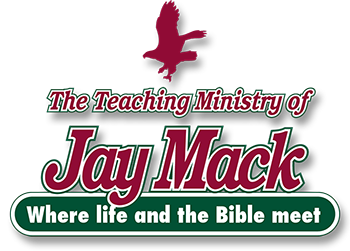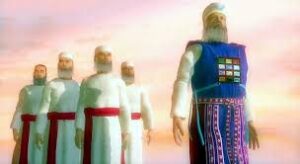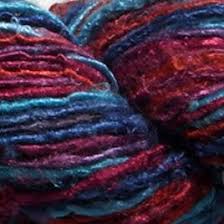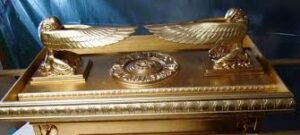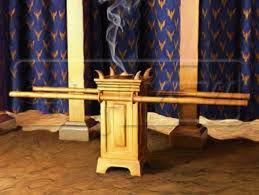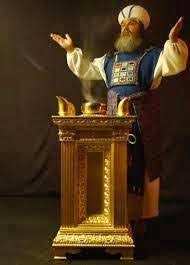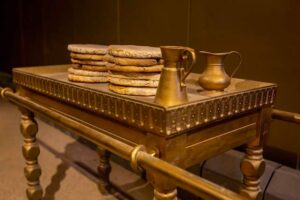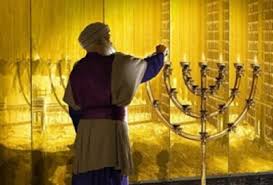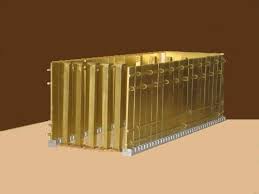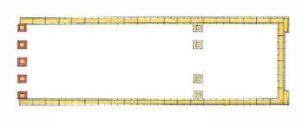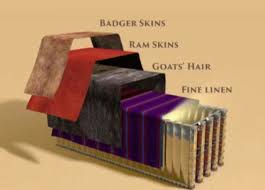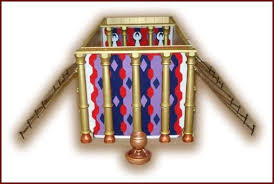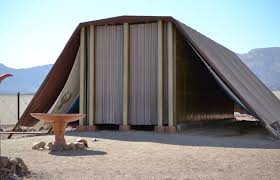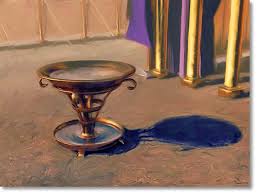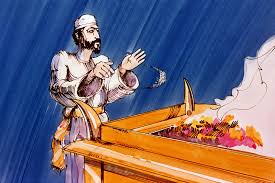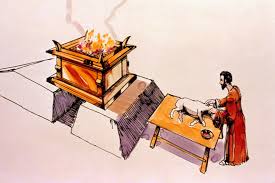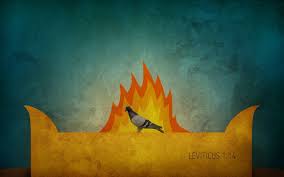Fx – The Linen Undergarments of Aaron and His Sons 28: 42-43
The Linen Undergarments of Aaron and His Sons
28: 42-43
The linen undergarments of Aaron and his sons DIG: What was the practical purpose of the undergarments? How did it point to God’s holiness? Why was this especially important for the priests?
REFLECT: In your life, how do you show that you are set apart for God? Does your clothing reflect your love of the LORD or your love of the world? When you obey the commands of the LORD, do you think of them being for your protection, or do they merely get in the way of your preferred lifestyle? Are all the areas of your life surrendered to ADONAI? Why or why not?

The first piece of clothing priests wore were white linen undergarments as a covering for the body, reaching from the waist down to the thigh (28:42). It preserved their modesty while they performed their priestly duties. This was especially true in later years when they ascended steps leading up to altars (Leviticus 9:22; Ezeki’el 43:17). The rabbis teach that as a means to guard against any inadvertent sin, the length of the linen undergarments eventually reached from the ankles to the neck and the wrist. This article of clothing is referred to only in connection with the priesthood of Isra’el. The exposing of nakedness when worshiping ADONAI had already been prohibited (20:26), and now it is reinforced. Aaron and his sons were commanded to wear them whenever they entered the Tabernacle or approached the altar of incense to minister in the Holy Place (28:43a). They were to be the spiritual leaders of the nation of Isra’el. If they were not modest, why would the people be modest? If they did not obey the LORD, why should the people?
If they disobeyed this command, they would have been guilty of immodesty in worship. The punishment for their guilt was death. So, in effect, those undergarments were a protection, so they would not incur the wrath of God and die (28:43b). This was to be a lasting ordinance for Aaron and his descendants (28:43c).
The significance of the priestly garments and the selection of a priestly family, showed that because of God’s holiness, not everyone could appear in His presence. It was only for the ones He had chosen. This demonstrated the need for an intermediary, and Isra’el had a mediator through the high priest. And we also need an intermediary. But our mediator is the new High Priest, after the order of Melchizedek, the God-man, the man-God, the Lord, Yeshua Messiah.
Again we are struck by the highly detailed nature of God’s commands to Isra’el regarding the Tabernacle and the priesthood. There was even a command about what type of undergarments the priests were supposed to wear! Those details reflect the character of ADONAI, but they also teach us regarding the way mankind is to act towards YHVH. When it comes to worship (and this is also true in all areas of life) we are to surrender to God – in all areas of life, including modest clothing.
J. Hudson Taylor, the great missionary to China, once said, “Let us give up our work, our thoughts, our plans, ourselves, our lives, our loved ones, our influence, our all, right into His hands, and once we will have given all over to Him, there will be nothing left for us to be troubled about, or to make trouble about.” God knows well the human heart, and the human heart given freedom in worship, would have devised all sorts of aberrant practices. God protects His people by laying out, in detail, the means by which He will be worshiped and obeyed.619


